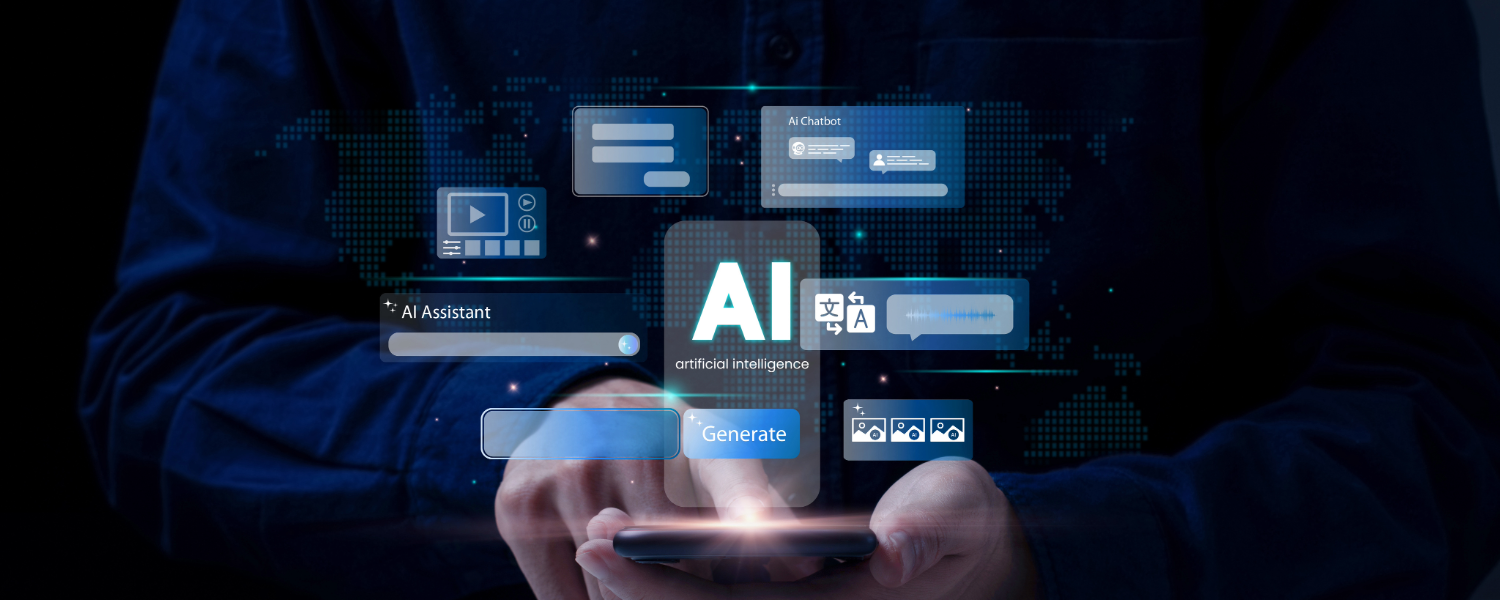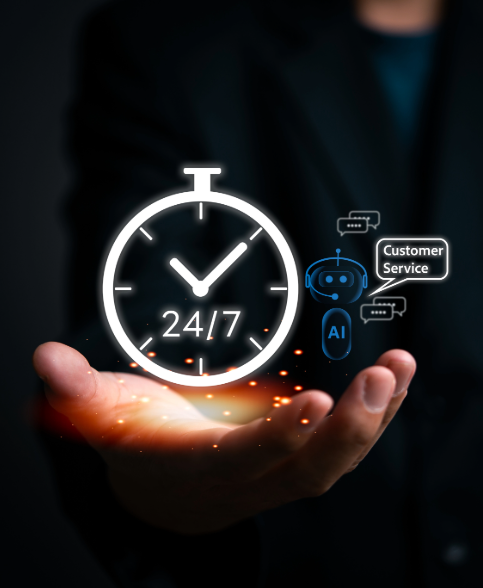AI as a Tool for Inclusion: Amplifying Underrepresented Voices
Artificial Intelligence (AI) has emerged as a powerful tool for social change, enabling activists and organizations to promote diversity and inclusion more effectively. By leveraging AI technologies, advocates can amplify the voices of marginalized communities, ensuring their stories, perspectives, and needs are at the forefront of societal conversations. This article explores several ways in which AI can be harnessed to foster inclusivity and empower underrepresented voices.
1. Enhancing Representation in Media Narratives
AI can analyze large datasets from social media, news articles, and other online content to identify trends, themes, and gaps in representation. By assessing the portrayal of diverse communities in media narratives, AI tools can help activists understand how different groups are represented—or underrepresented—in public discourse.
For example, sentiment analysis can determine the tone of coverage surrounding specific communities or issues, potentially revealing biases or stereotypes prevalent in media narratives. Armed with this information, activists can advocate for more accurate and equitable portrayals, pushing for change within media organizations and encouraging more diverse voices to contribute to public conversations.
2. Identifying and Addressing Biases
AI tools can detect biases in language and content across various platforms, enabling activists to identify language patterns that marginalize or dehumanize certain groups. By analyzing social media posts, speeches, or editorial content, AI can highlight instances of exclusionary or harmful rhetoric.
Activists can use these insights to raise awareness about biases within public discourse, prompting discussions on how language influences societal perceptions of marginalized communities. Additionally, this data can inform training programs for journalists, educators, and organizations about inclusive communication practices.
3. Engaging Underrepresented Communities
AI-driven chatbots and virtual assistants can facilitate engagement with underrepresented communities by providing a platform for dialogue and participation. These AI tools can be programmed to interact with users in their preferred languages and accommodate diverse communication styles, making it easier for individuals from different backgrounds to engage with organizations and express their views.
For example, community organizations can deploy AI chatbots to gather feedback on specific initiatives or policies, ensuring that marginalized voices are included in the decision-making process. This engagement fosters a sense of ownership and empowerment among community members, encouraging them to advocate for their needs and rights.
4. Data-Driven Advocacy
AI has the capability to analyze large volumes of data to identify disparities and inequities that affect marginalized communities. By aggregating and synthesizing data on socioeconomic factors, health care access, education, and more, AI tools can provide evidence-based insights that inform advocacy efforts.
For instance, organizations can use AI to map areas with high concentrations of underrepresented populations and analyze data to identify their specific challenges and barriers. This information can be crucial in formulating policy recommendations and mobilizing resources to address the needs of these communities, advocating for systemic change that uplifts their voices.
5. Facilitating Access to Resources
AI can help connect underrepresented individuals with resources, support services, and opportunities they may not be aware of. By analyzing the needs and preferences of diverse communities, AI algorithms can curate personalized information, recommendations, and referrals that cater to their unique situations.
For example, AI can help social service organizations identify individuals facing housing instability or food insecurity and recommend appropriate resources based on their circumstances. By facilitating access to essential services, AI supports marginalized communities in improving their conditions and advocating for their rights.
6. Fostering Collaboration and Coalition Building
AI tools can facilitate collaboration between organizations and activists working toward common goals. By analyzing organizations’ missions, programs, and target populations, AI can help identify potential partnerships and synergies.
This enhanced connectivity allows for the pooling of resources and collective action, amplifying the impact of efforts focused on inclusion and representation. Coalition-building nurtures an environment where marginalized voices can unify, creating a stronger platform for advocating for shared interests.
Conclusion
AI possesses the potential to be a transformative tool for inclusion, enabling activists and organizations to amplify the voices of underrepresented communities. By enhancing representation, identifying biases, engaging diverse populations, and providing data-driven insights, AI can foster a more equitable society. As organizations embrace AI technologies, it is crucial to approach their implementation with a commitment to ethics and inclusivity, ensuring these tools serve to empower, rather than marginalize, those they aim to support. In doing so, we can create a vibrant and inclusive dialogue that enriches societal conversations and promotes social justice for all.



